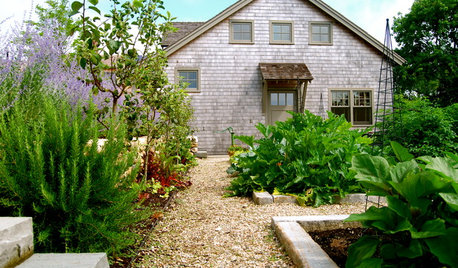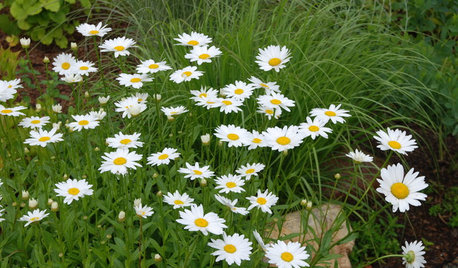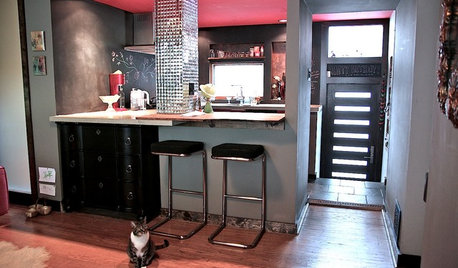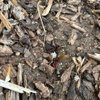Perenials, clay and compost.
balliol
9 years ago
Related Stories

GARDENING GUIDESGet on a Composting Kick (Hello, Free Fertilizer!)
Quit shelling out for pricey substitutes that aren’t even as good. Here’s how to give your soil the best while lightening your trash load
Full Story
GARDENING GUIDESHow to Stop Worrying and Start Loving Clay Soil
Clay has many more benefits than you might imagine
Full Story
GARDENING GUIDESGardening Solutions for Heavy Clay Soils
What’s a gardener to do with soil that’s easily compacted and has poor drainage? Find out here
Full Story
GARDENING GUIDESThe Poop Scoop: Enrich Your Soil With Good Old Manure
Get over the ick factor already — this natural super-ingredient for soil has so many benefits, you'll wonder why you ever went chemical
Full Story
GARDENING GUIDESThe Simple Secret to Gardening Success
Learn the kinds of soil and a DIY type test to make sure you’re putting the right plant in the right place
Full Story
GARDENING GUIDES5 Prairie Wildflowers That Can Heal Your Soil
Get free, organic soil fertilizer with nitrogen-pumping plants that draw pollinators too
Full Story
GARDENING GUIDESNew Ways to Think About All That Mulch in the Garden
Before you go making a mountain out of a mulch hill, learn the facts about what your plants and soil really want
Full Story
FALL GARDENING5 Ways to Put Fall Leaves to Work in Your Garden
Improve your soil and yard the organic way with a valuable garden booster that grows on trees
Full Story
FLOWERSBest Cutting-Garden Beauties for Late Summer
Pick blooms bursting with color or in classic white for bouquets to give away or keep all to yourself
Full Story
HOUZZ TOURSHouzz Tour: For the Love of a Cat in Philadelphia
Pet-friendly features integrated into a mod, eclectic and colorful home mean everyone in the family is happy
Full StoryMore Discussions










NHBabs z4b-5a NH
DiggingInTheDirt
Related Professionals
Fort Lee Landscape Architects & Landscape Designers · Palm Springs Landscape Architects & Landscape Designers · Piqua Landscape Architects & Landscape Designers · Westwood Landscape Contractors · Allentown Landscape Contractors · Annandale Landscape Contractors · Bethel Park Landscape Contractors · Cincinnati Landscape Contractors · Hayward Landscape Contractors · Holland Landscape Contractors · Kahului Landscape Contractors · Midland Landscape Contractors · North Plainfield Landscape Contractors · Smyrna Landscape Contractors · South Farmingdale Landscape ContractorsballiolOriginal Author
thrills
ken_adrian Adrian MI cold Z5
docmom_gw
balliolOriginal Author
floral_uk z.8/9 SW UK
drmbear Cherry
a2zmom_Z6_NJ
TexasRanger10
floral_uk z.8/9 SW UK
TexasRanger10